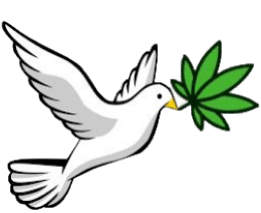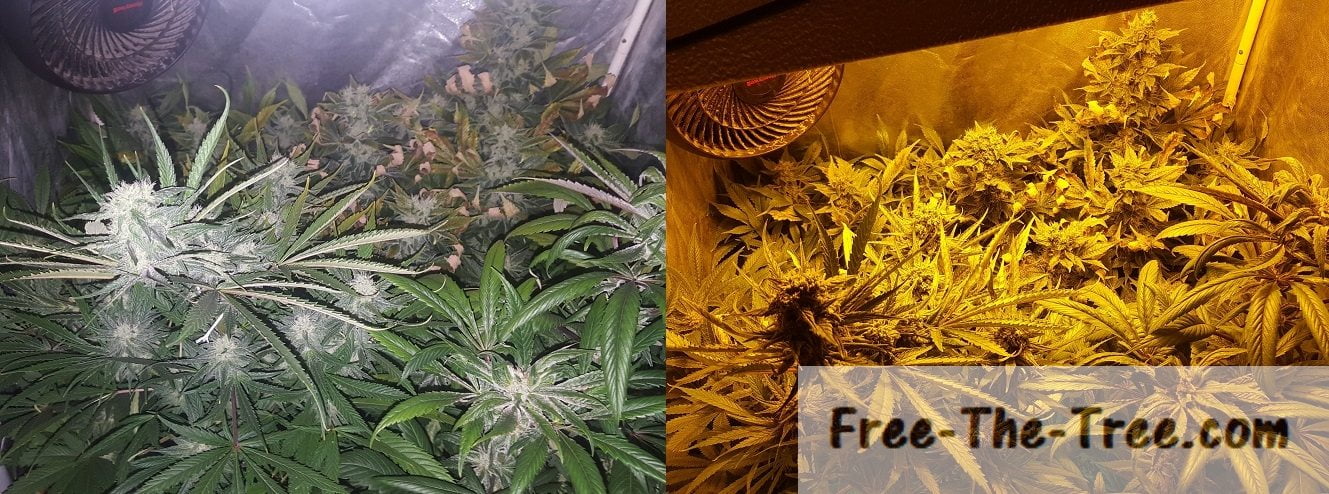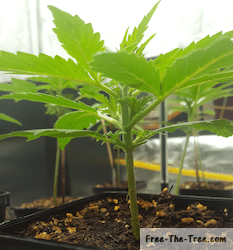What is a Photoperiod?
A photoperiod is the relationship between the duration of the light period and the dark period. In other words the photoperiod is the length in time of the day and night.
Depending on the distance from the equator the photoperiods change on earth which means that strains from different sides of the world won’t have the same photoperiod needs.


















